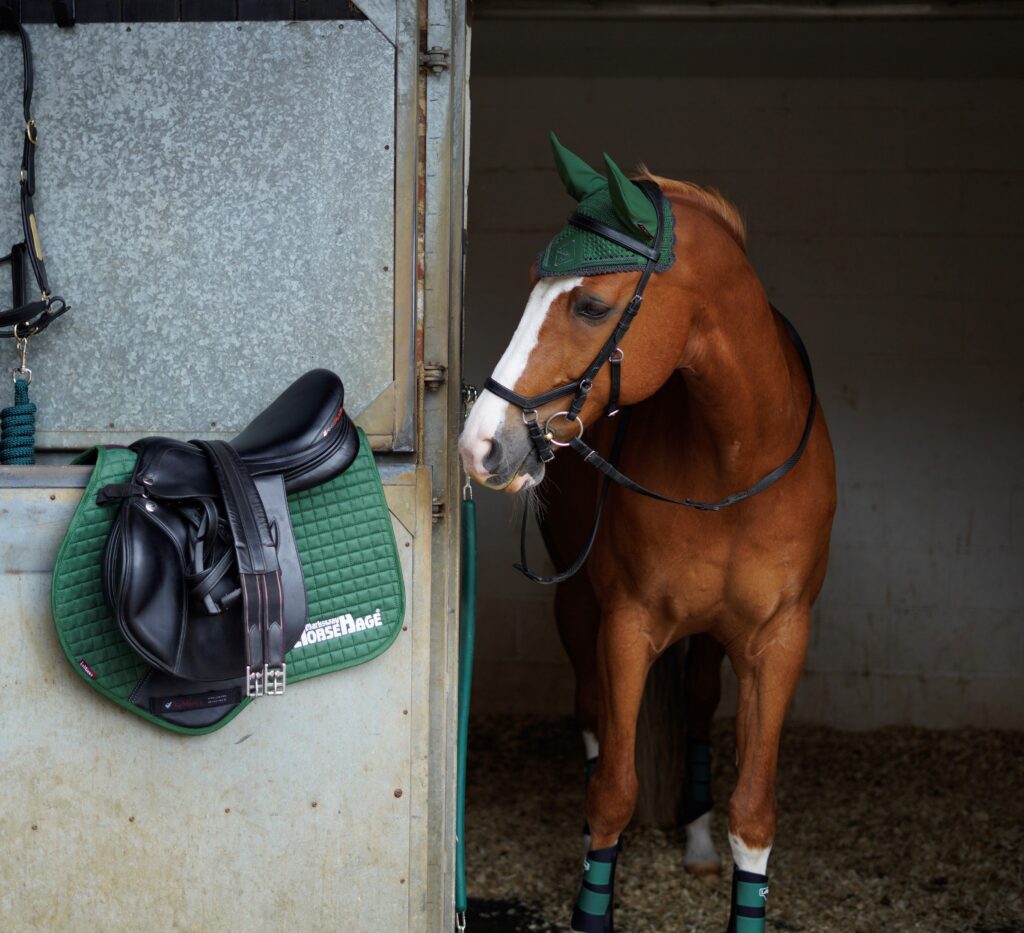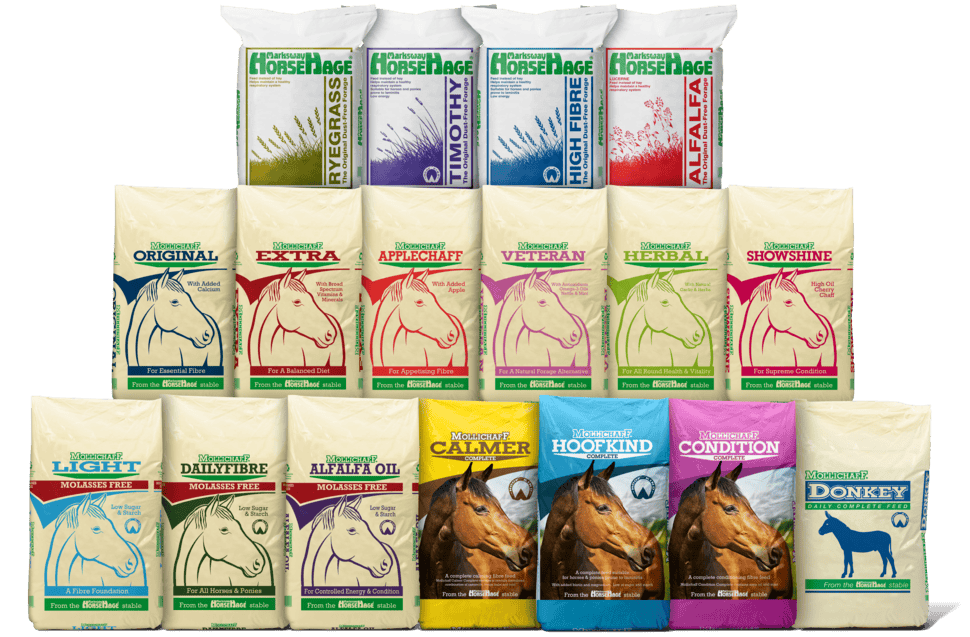
How can you tell if your horse is the right weight? Even seasoned owners sometimes struggle to understand whether their horse is carrying a healthy amount of fat and find it difficult to assess if their horse is the correct weight.
Condition scoring can help you understand whether equine nutrition needs are being met or if any dietary changes need to be made.
In the UK, we use a six-point system, from zero to five – emaciated to very fat or obese. Healthy horses should score between two and three with seasonal fluctuations, and leisure horses should measure a score of three ideally. Anything higher than this denotes a risk of obesity and related health conditions such as laminitis.
Body Condition Scoring Your Horse
It’s good practice to check your horse’s body condition score on a fortnightly basis so that any weight gain or loss can be monitored and acted on accordingly. For more accurate monitoring, body condition scoring should be used alongside weight tape.
In terms of consistency, it’s a good idea to have the same person score your horse each time, however it can be helpful to get a second opinion from time to time as we can be somewhat biased towards our own horses. You should also perform this exercise without gloves so that you can feel the difference between fat and muscle.
How to Condition Score
- Ensure your horse is relaxed and standing squarely on a firm, flat surface
- Take a step back and get a good look at the horse, then move closer to feel the neck, back, ribs and pelvis
- Note how easy it is to feel the bones underneath the skin and fat
- Stand behind the horse, notice the shape of the backbone, whether there is a depression under the tail, and the overall shape of the hindquarters
- From the side of the horse, observe the shape of the neck particularly the crest, around the withers, the ribcage, the loins and the hindquarters
Because horses store fat in different places, give them three scores out of five for the shoulder and neck, one for the middle, and one for the hindquarters, then take an average.
The scoring system ranges from 0-5 as follows.
0 – Emaciated
- Marked ewe neck, narrow at base
- Skin is tight over visible ribs
- Backbone is sharp and easily visible
- Rump is sunken with no visible fatty tissue
- Deep cavity under tail and either side of croup
- Large gap between thighs
1 – Poor or Underweight
- Ewe neck, narrow and slack at base
- Easily visible ribs
- Sunken skin either side of backbone
- Sunken rump
- Pelvis and croup well defined
- Deep depression under tail
2 – Moderate
- Ideal weight for a racehorse or eventer
- Narrow but firm neck
- Ribs just visible
- Well-covered backbone
- Spinous processes not visible but easily felt
- Well defined croup with some fatty tissue detectable
- Slight cavity under tail
3 – Good
- Neck firm but no crest, except in stallions
- Ribs just covered but easily felt
- No gutter along back
- Spinous processes covered but can still be felt
- Pelvis covered and rounded with no gutter
- Smooth and supple skin
4 – Fat
- Wide and firm neck with slight crest
- Well covered ribs that can only be felt with firm pressure
- Gutter along backbone
- Gutter to root of tail
- Pelvis covered by soft fat and only felt with firm pressure
- Apple shaped or M-shaped bottom when observed from behind
5 – Very fat or Obese
- Very wide and firm neck with folds of fat
- Marked crest
- Ribs buried under fat
- Broad and flat back with deep gutter
- Deep gutter to root of tail
- Pelvis buried in fat and cannot be felt
- Skin taut and stretched
- Inner thighs rubbing together
- Apple or M-shaped bottom when observed from behind
If you’ve used body condition scoring and discovered that you need to make some changes to your horse’s diet, feel free to get in touch with our dedicated helpline to discuss which of our products would be best suited to your horse or pony’s dietary requirements.
You can also try a sample of Mollichaff delivered to you by post so that you can give it a try before you buy a full-size bag.


